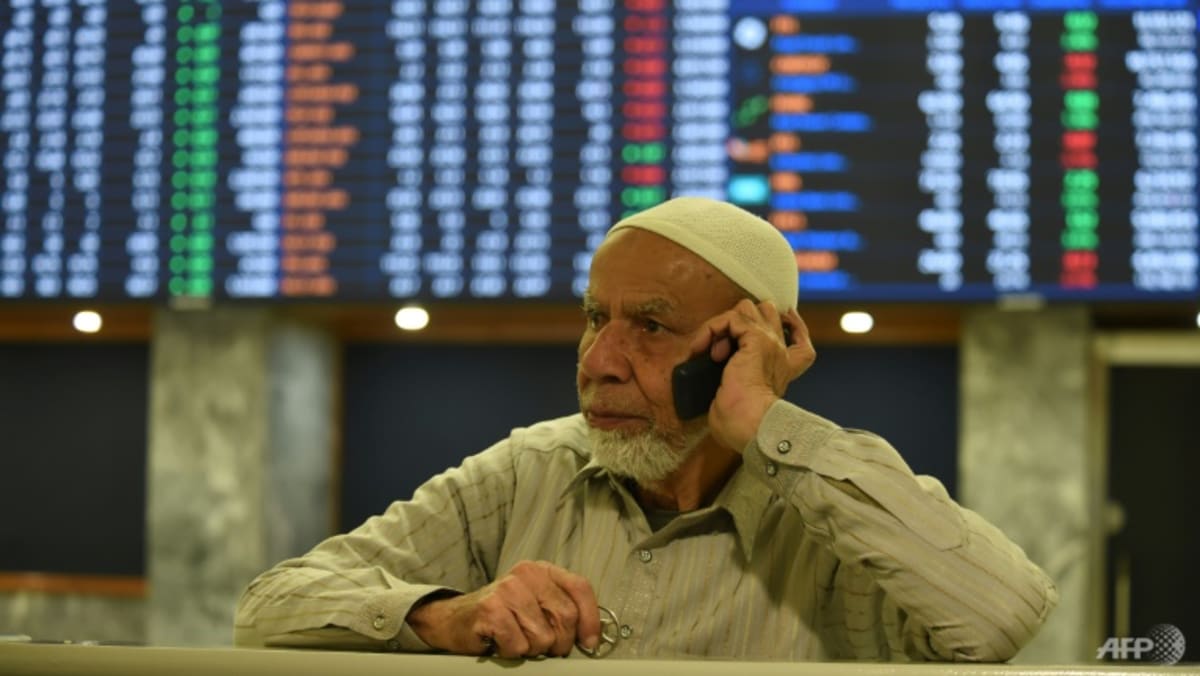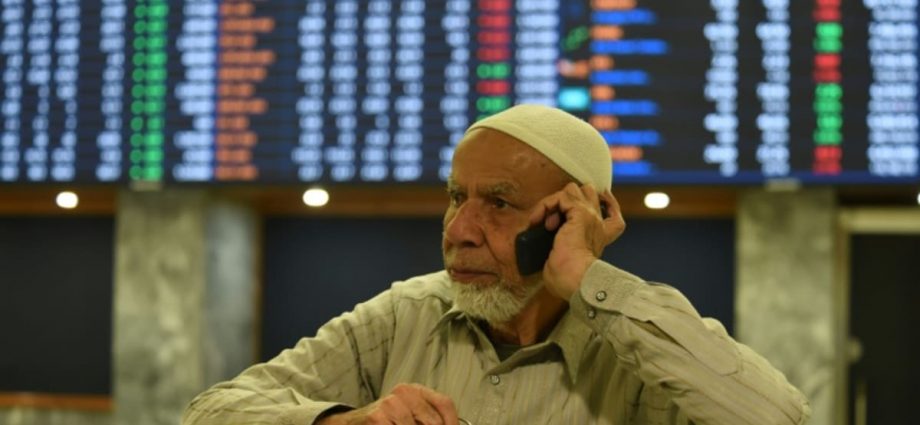
POLITICAL MAYHEM
Pakistan is locked in an endless cycle of servicing external debt.
State Bank governor Jamil Ahmed last month said that the country owed US$33 billion in loans and other foreign payments before the end of the fiscal year in June.
A diplomatic offensive has seen US$4 billion rolled over by lending nations, with US$8.3 billion still on the negotiating table.
Meanwhile, Pakistan is battling severe energy shortages – with capacity drained by poor infrastructure and mismanagement – compounding the misery of businesses and citizens.
Last week the whole country was plunged into a day-long blackout because of a fault in the national grid that followed a cost-cutting measure.
State petroleum minister Musadik Malik told reporters in Islamabad that imports of Russian oil would start in April, paid for in currencies of “friendly countries” in a mutually beneficial deal.
The tumbling economy mirrors the country’s political chaos, with former prime minister Imran Khan heaping pressure on the ruling coalition in his bid for early elections while his popularity remains high.
Khan, who was ousted last year in a no-confidence motion, negotiated a multibillion-dollar loan package from the IMF in 2019.
But he reneged on promises to cut subsidies and market interventions that had cushioned the cost-of-living crisis, causing the programme to stall.
It is a common pattern in Pakistan, where most people live in rural poverty, with more than two dozen IMF deals brokered and then broken over the decades.
“Even if Pakistan avoids default, the underlying structural factors that triggered the current crisis – one exacerbated by poor leadership and external global shocks – will still be in place,” tweeted political analyst Michael Kugelman, the director of the South Asia Institute at the Wilson Center in Washington.
“Barring difficult, large-scale reforms, the next crisis could be just around the corner.”

